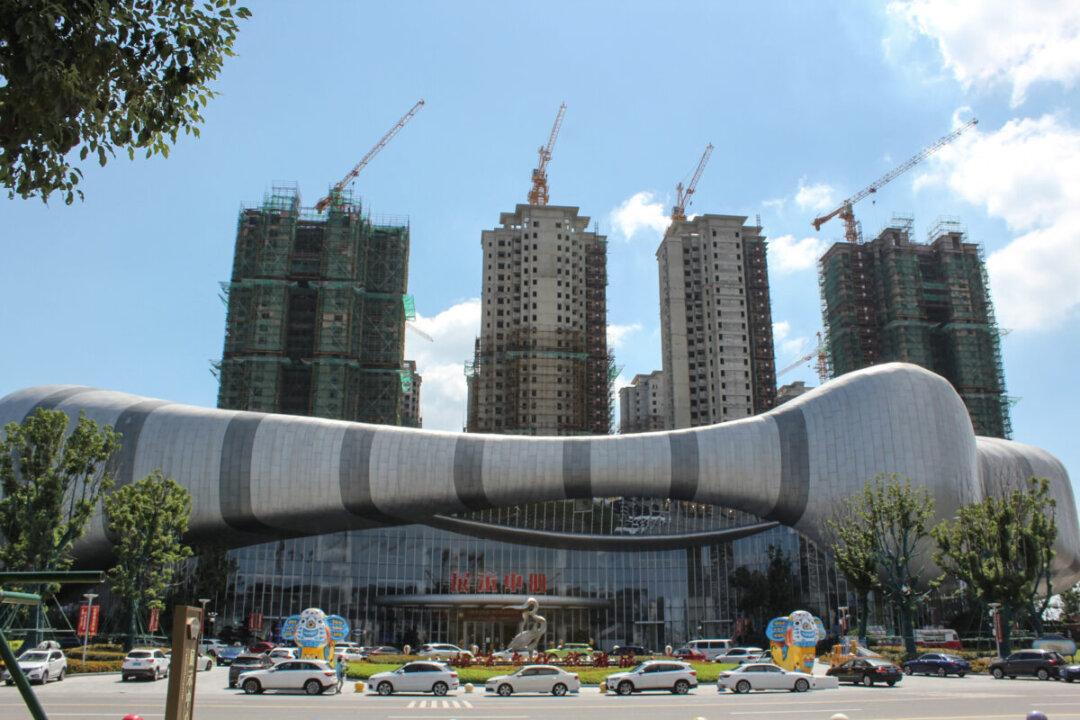Commentary
China reported a year-on-year economic growth of 18.3 percent in the first quarter of 2021, according to data released by the National Bureau of Statistics (NBS) on April 16. Then on April 27, the NBS announced that industrial enterprises above designated size achieved a 1.4 times increase in profits in the first quarter. Chinese state media repeatedly touted that China’s economy has completely recovered from the slump caused by the pandemic, becoming a world leader in economic recovery and prosperity.





